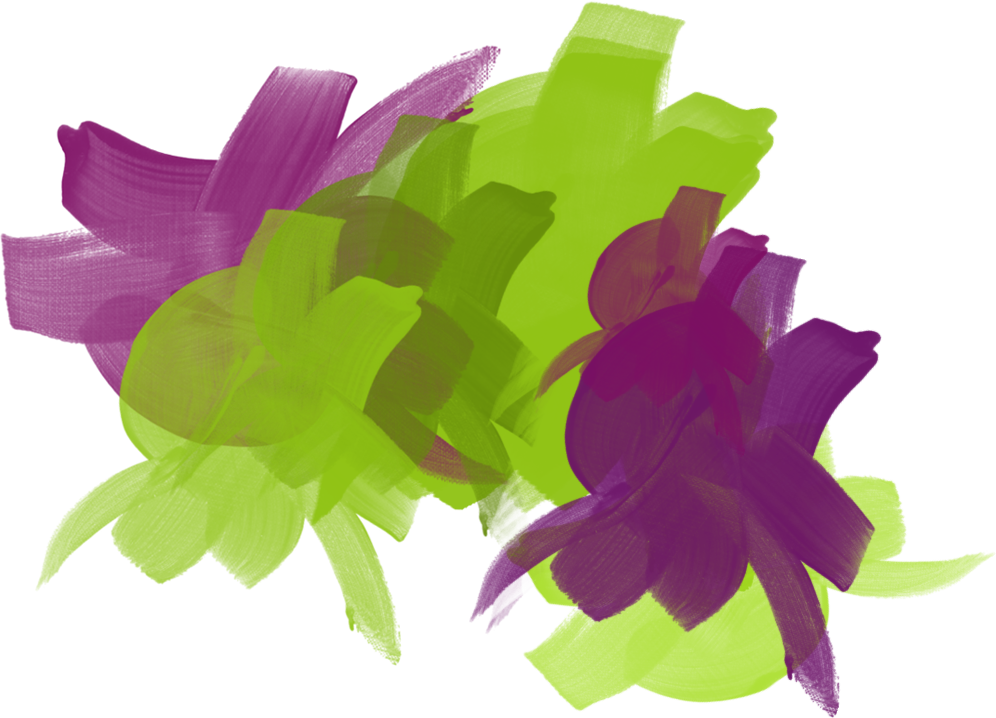An overview of how we teach children to read
The teaching and learning of reading falls into 3 broad areas: phonics, fluency and comprehension. We teach all three of these strands at the same time, however, there is a main focus for different aged children.
- For early readers, the aim for teaching reading is through Phonics. However, when the teacher reads books to the children, they will model how to read fluently and will ask and answer questions to develop different areas of comprehension. We teach early reading with a mainly phonetical approach, using the ‘Monster Phonics’ scheme. Children begin by learning the sounds for single letters, and then move on to 2 letter sounds (digraphs) and 3 letter sounds (trigraphs) when they have mastered the single letter sounds. Children have a daily phonics lesson in reception, Year 1 and Year 2. Alongside phonics lesson, which teach decoding and encoding, children also access a wide range of stories, songs and poems. Classes have a daily storytime so that they can hear highquality vocabulary, language and pick up the rhythm of storytelling. We encourage children to talk about their reading, as this helps to embed newly learned vocabulary and develops comprehension of texts. For most children, this usually continues until the start of Year 2.
- When children have learnt all the sounds in the English language and can blend these together successfully, the focus will turn to developing their fluency. This includes improving the pace of their reading, using volume appropriately as well as intonation and tone. Children will begin to comprehend what they have read and we will continue to develop comprehension skills when adults read to children. Year 2 and 3 have a large focus on developing fluency.
- As children become more fluent readers, the focus will turn to developing their comprehension. This will focus on both the comprehension of texts they have read, as well as those that they have listened to.
You can find out more about these areas of reading in the following pages.
Where an additional leaning need is recognised, a child may be placed on the schools Specia Educational Needs Register. We understand the wide range of learning challenges that some children may experience, and the impact this has on them accessing the both the reading curriculum and the wider curriculum. Therefore, we ensure that children are given appropriate phonics instruction relevant to their needs. We give specific targets for individuals, that become the focus of their learning; these are reviewed and altered regularly and as necessary. The routines we use in lessons are similar each day, so that children find familiarity in the way the lesson is delivered. We also provide opportunity for over-learning and repetition of key stories and vocabulary.
Each half term, year groups will read a number of set texts, that are progressive and linked to other areas of the curriculum, where appropriate. We have chosen texts that represent the diverse community that we live in. Lists of these texts can be found in the documents below. The texts include fiction, non-fiction and poetry. Each half-term will have one focus text, that we call our ‘class novel’, and this is supplemented by other books and extracts as appropriate.

